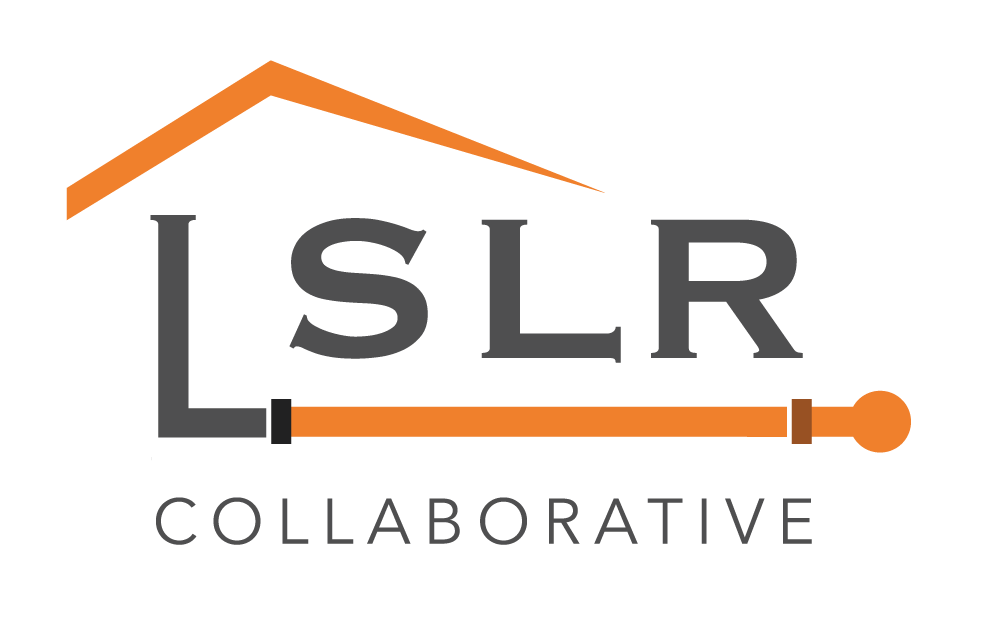|
See the original article from WREX 13. ROCKFORD (WREX) — The city of Rockford says there are 14,000 lead water pipes that it knows of in the city. While the city takes steps to replace them, it’s the pipes on private property water officials are hoping home owners will pay attention to. “A lot of times any home that was built before 1987 could have lead whether it could be on the public side or the private side,” says City of Rockford Public Works Director Kyle Saunders. Which is where a new $2 million grant comes in. Fehr Graham is working on behalf of the city to replace roughly 2,500 lead pipes over the next five years. Those lines are private lines, or the one that are on private property. The city says it will focus on the highest risk, first. “Anything we have to replace for maintenance and CIP those are the highest risk and that’s what we’re focusing on right now,” says interim Water Superintendent Jamie Rott.
So far, the city says it’s encountered problems getting residents to sign off on the free work. “The biggest things we’ve been seeing is residents aren’t replying right away, which makes it difficult for us to cooridnate that lead service line replacement,” says Saunders. Public works says it’s confident the work it does prevents contaminants from getting to you and your family. “We sample for lead every three years and we are well below that 15 part per billion action level,” says Saunders. “”But that’s also because we have corrosion control treatment plan. At each of our well houses we add in a food grade polyphosphate that helps scale the inside of that service line and prevent lead getting in. In addition to the treatment that we have we have very naturally hard water in rockford a lot of times thats a nuisance when it comes to our customers because they don’t want like scale, but us calcium and magnesium really help further scale the inside of the pipe which helps further reduce that exposure to lead.” While the city says the risk of getting lead in your water is low, there are some risk factors. It says disturbances like a water main break or a pipe in your home bursting increase the risk of lead. Another risk is if water sits in the pipe, for example while you’re gone on vacation. The city and health department recommend letting your water run for a minute or so to flush lead out after water sits stagnant. These risks are why the city is hoping residents will sign off on replacing their pipes. “In our minds, this is straight forward, it’s something we need to get done, it’s something we want to get done and something we see a tremendous value in doing,” says Saunders. As far as which homes will be selected for the grant the city says it’s working with the highest risk first. That includes homes already flagged as high risk on the city’s Capital Improvement Plan. Other homes will become high risk after emergency maintenance, like a water main break. If you’re unsure what types of pipes are in your home, you can learn more here. You can find more of the city’s general information about lead pipes and what’s happening in the city here. Comments are closed.
|
Have a suggestion for an article or blog to add?
Let us know! Type
All
Date
April 2023
|


 RSS Feed
RSS Feed